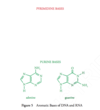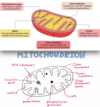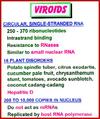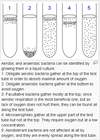Biology and Biochemistry Flashcards
Memorize Amino Acids, electron transport Chain, metabolism, etc. (280 cards)
What are the two acidic amino acids called? What are their three letter abbraviations? What are their one letter abbreviations? What is the pKa of their functional groups? Please come up with a good way to memorize these!
The pKa of glutamate and aspartate’s functional groups are approximately 4. These are also deprotonated under normal physiological conditions. (anionic at physiological pH)

What are the three basic amino acids called? What are their three letter abbraviations? What are their one letter abbreviations? What is the pKa of their functional groups? Please come up with a good way to memorize these!
Lys pKa = 10 (cationic at physiological pH)
Arg pKa = 12 (cationic at physiological pH)
His pKa = 6.5 (somehow it is basic?) (possibly cationic or anionic at physiological pH)

What are the seven hydrophobic (nonpolar) amino acids called? What are their three letter abbraviations? What are their one letter abbreviations? What is the pKa of their functional groups? Please come up with a good way to memorize these!

What are the five polar (but not basic or acidic) amino acids called? What are their three letter abbraviations? What are their one letter abbreviations? Please come up with a good way to memorize these!

What are the two Sulfur-Containing amino acids called? What are their three letter abbraviations? What are their one letter abbreviations? Please come up with a good way to memorize these!

What are the one amino acid with its R group bound to its amino group called? What is its three letter abbraviation? What is its one letter abbreviations? Please come up with a good way to memorize these!





























What is ΔG⁰’? Why is it used? What is its equation? What does each symbol mean?








































































































































































































































































